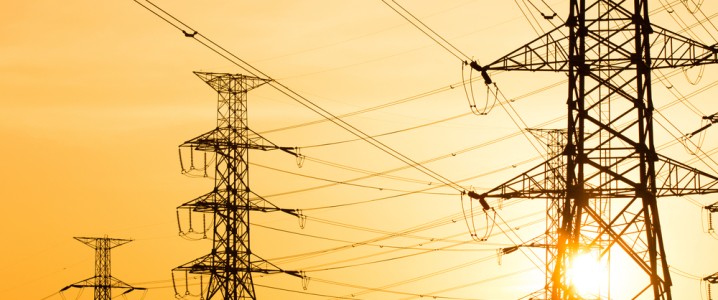The U.S. Department of Energy has warned that blackouts could increase substantially in the coming years unless more baseload capacity is added to the grid.
The department issued its warning in a report that said the premature retirement of generation capacity and the delay in replacing that capacity with new baseload facilities had created a mismatch between demand and supply. This mismatch has increased the risk of a potential twofold increase in blackouts by 2030.
“This report affirms what we already know: The United States cannot afford to continue down the unstable and dangerous path of energy subtraction previous leaders pursued, forcing the closure of baseload power sources like coal and natural gas,” Energy Secretary Chris Wright said.
“In the coming years, America’s reindustrialization and the AI race will require a significantly larger supply of around-the-clock, reliable, and uninterrupted power,” Wright added, saying the Trump administration would ensure that supply by focusing on “all forms of energy that are affordable, reliable, and secure.”
The North American Reliability Corp. has been warning of blackouts for two years now, citing extreme temperatures but also increased reliance on weather-dependent sources of electricity, notably wind and solar installations. The latest warning came earlier this year, with NERC attributing the danger to the surge in demand for electricity. The surge, in turn, was driven by the proliferation of data centers, which consume enormous amounts of electricity.
Meanwhile, a proliferation in wind and solar capacity has made the grid less stable and electricity supply less reliable, the grid watchdog said.
“With higher demand and less firm resources,” NERC said in June, the grid “is at elevated risk of operating reserve shortfalls during periods of high demand or low resource output.”
The current management of the DoE expects new capacity additions of some 209 GW by 2030, replacing 104 GW of retired capacity. However, just 22 GW of that 104 GW will come from baseload facilities, which is too little to ensure grid stability, the DoE said.
By Irina Slav for Oilprice.com
More Top Reads From Oilprice.com

